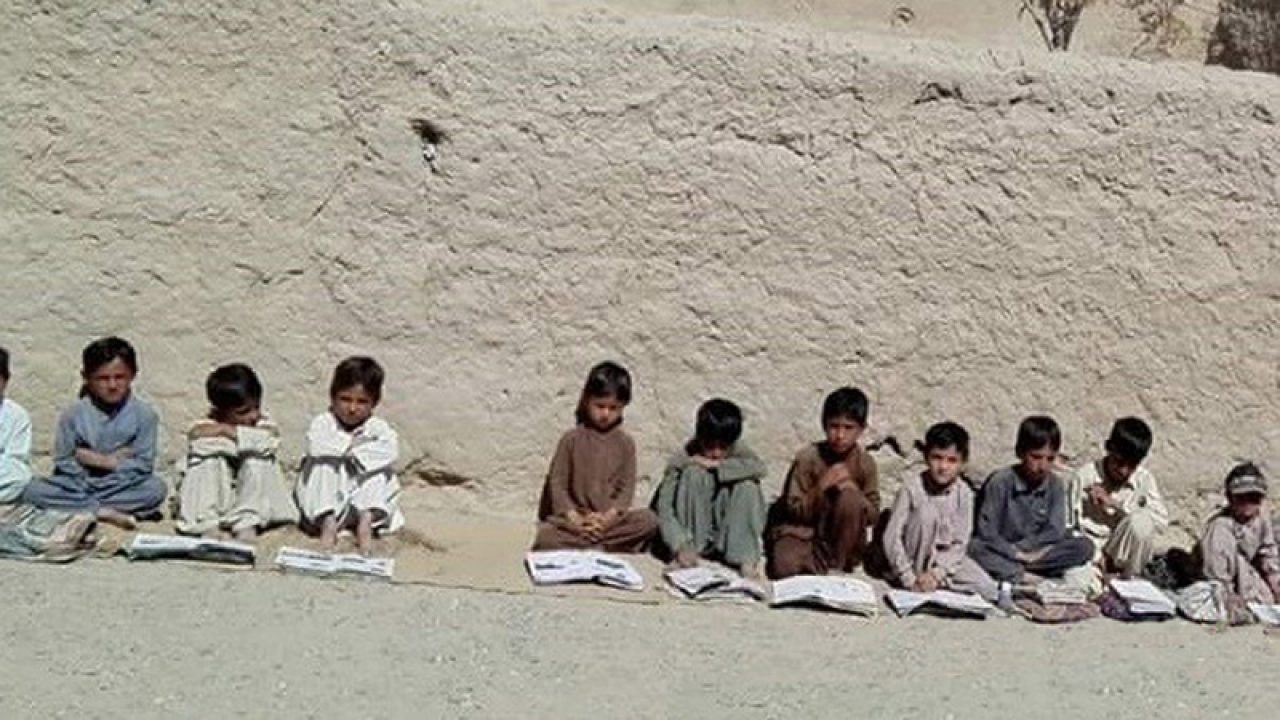scholarships, free school uniforms and supplies, and transportation assistance, all of which can help alleviate the financial burden of sending a child to school.
Infrastructure is also a significant barrier to education for girls in rural Pakistan. Many schools in these areas lack basic facilities such as running water, electricity, and proper sanitation. Additionally, schools may be located far away from homes, making it difficult for girls to attend school regularly. A holistic education policy should address these issues by investing in school infrastructure, including the construction of new schools, renovation of existing facilities, and provision of basic amenities such as toilets and clean drinking water. Additionally, the policy should include measures to improve school transportation systems, such as the provision of school buses or bicycles for students who live far away from school.
Inadequate education policies are also a significant barrier to education for girls in rural Pakistan. The current education system in Pakistan is characterized by a lack of quality and relevance, and does not adequately prepare students for the workforce. A holistic education policy should aim to address this issue by implementing a curriculum that is relevant to the needs of the local community and provides students with the skills and knowledge they need to succeed in the workforce. This could include vocational training programs and partnerships with local businesses to provide on-the-job training and employment opportunities.
Finally, a holistic education policy should address the issue of gender-based violence, which is a significant barrier to education for girls in rural Pakistan. Many girls face physical, sexual, and psychological violence when they attend school, which can lead to them dropping out of school altogether. To address this issue, a holistic education policy should include measures to prevent and respond to gender-based violence, such as training teachers and school staff on how to recognize and respond to instances of violence, and providing counseling and support services to students who have experienced violence.
In conclusion, a holistic education policy is essential to bridging the opportunity gap for girls in rural Pakistan. Such a policy should address the cultural norms and beliefs that prevent girls from attending school, provide financial incentives and support to families, invest in school infrastructure, implement a relevant curriculum, and address the issue of gender-based violence. By implementing a comprehensive approach to education, Pakistan can ensure that all girls have access to quality education and the opportunity to reach their full potential.

















